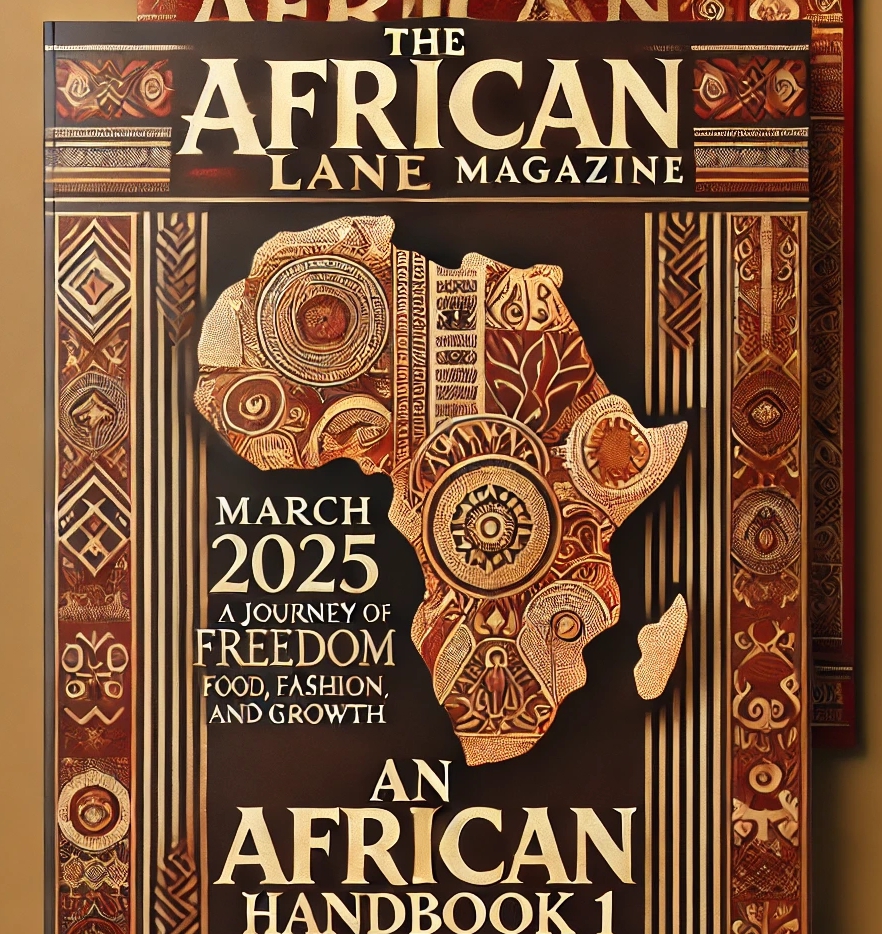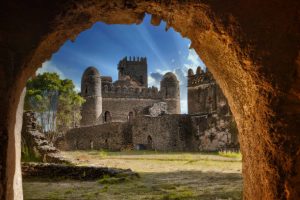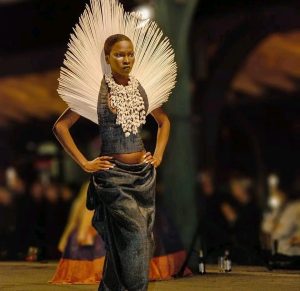The Republic of Cabo Verde

Officially the Republic of Cabo Verde, is an archipelago and island country in the central Atlantic Ocean, consisting of ten volcanic islands with a combined land area of about 4,033 square kilometres (1,557 sq mi). These islands lie between 600 to 850 kilometres (320 to 460 nautical miles) west of Cap-Vert situated at the westernmost point of continental Africa. The Cape Verde islands form part of the Macaronesia ecoregion, along with the Azores, the Canary Islands, Madeira, and the Savage Isles.
Official Name:
República de Cabo Verde
short form: Cabo Verde
int’l long form: Republic of Cape Verde
int’l short form: Cape Verde
ISO Country Code: cv, CPV
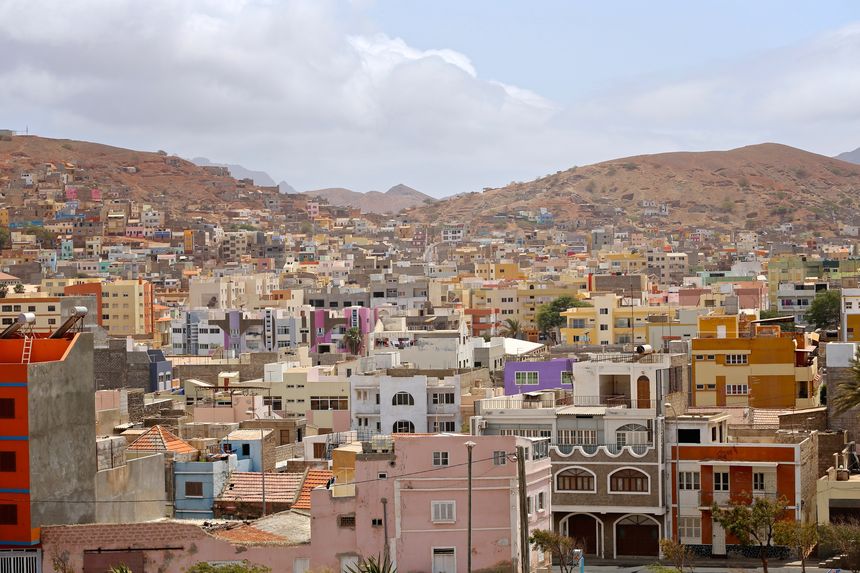
Time:
Local Time = UTC -1h
Actual Time: Sun-Dec-12 0715
Country Calling Code: +238
Capital City: Praia (pop. 100 000) on the island Sao Tiago (Santiago)
Other Cities: Mindelo (pop. 68 000)
Government: Republic.
Independence: 5 July 1975 (from Portugal).
Constitution: 1982; revised 1992, 1995, and 1999.
Geography:
Location: Group of islands in the North Atlantic Ocean some 500 km from the west coast of Africa (Senegal).
Area: 4,033 km² (1,557 sq. mi.)
Terrain: Rugged volcanic islands.
Highest point: Mt. Fogo 2 829 m (a volcano on Fogo Island)
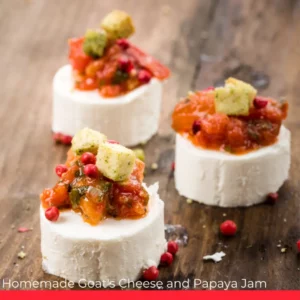
Climate: Tropical dry, with two seasons. Dry season: November to July, tempered by trade winds. Rainy season: August to October.
People:
Nationality: Cape Verdean(s).
Population: 525,000 (2015 census)
Ethnic groups: Creole (mixed African and Portuguese), African, European.
Religions: Roman Catholic, Protestant.
Languages: Portuguese (official); Crioulo (a blend of Creole Portuguese and West African)
Literacy: 76%.
Natural resources: Salt, pozzolana (tuff), limestone.

Agriculture products: Bananas, corn, beans, sugarcane, coffee, fruits, vegetables, livestock products.
Industries: Fish and fish products, food and beverages, ship repair, furniture, metal products, tourism.
Exports partners: Australia 83%, Spain 8.6% (2015)
Imports partners: Portugal 29.9%, Australia 26.4%, Netherlands 11.2%, Spain 5.6%, China 5.6% (2015)
Currency: Cape Verdean Escudo (CVE)
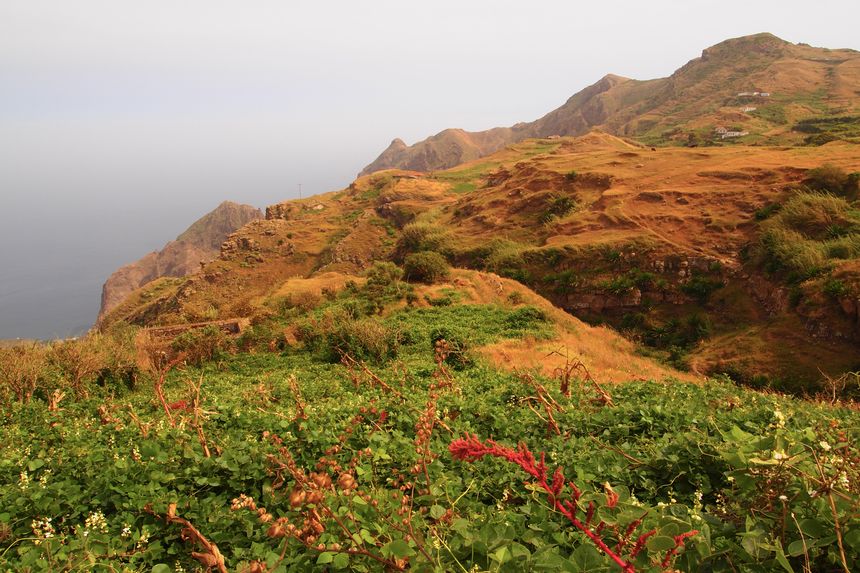
The country is a horseshoe-shaped cluster of ten islands (nine inhabited) and eight islets, that constitute an area of 4033 km2 (1557 sq. mi.)

The islands are spatially divided into two groups:
- The Barlavento Islands (windward islands): Santo Antão, São Vicente, Santa Luzia, São Nicolau, Sal, Boa Vista; and
- The Sotavento Islands (leeward): Maio, Santiago, Fogo, Brava.
The largest island, both in size and population, is Santiago, which hosts the nation’s capital, Praia, the principal urban agglomeration in the archipelago.
Three of the Cape Verde islands, Sal, Boa Vista and Maio, are fairly flat, sandy, and dry; the others are generally rockier with more vegetation..
According to Wikipedia, The economy of Cape Verde is service-oriented, with commerce, transport, and public services accounting for more than 70% of GDP. Although nearly 35% of the population lives in rural areas, agriculture and fishing contribute only about 9% of GDP. Light manufacturing accounts for most of the remainder. Fish and shellfish are plentiful, and small quantities are exported. Cape Verde has cold storage and freezing facilities and fish processing plants in Mindelo, Praia, and on Sal. Expatriate Cape Verdeans contribute an amount estimated at about 20% of GDP to the domestic economy through remittances. In spite of having few natural resources and being semi-desert, the country boasts the highest living standards in the region, and has attracted thousands of immigrants of different nationalities.
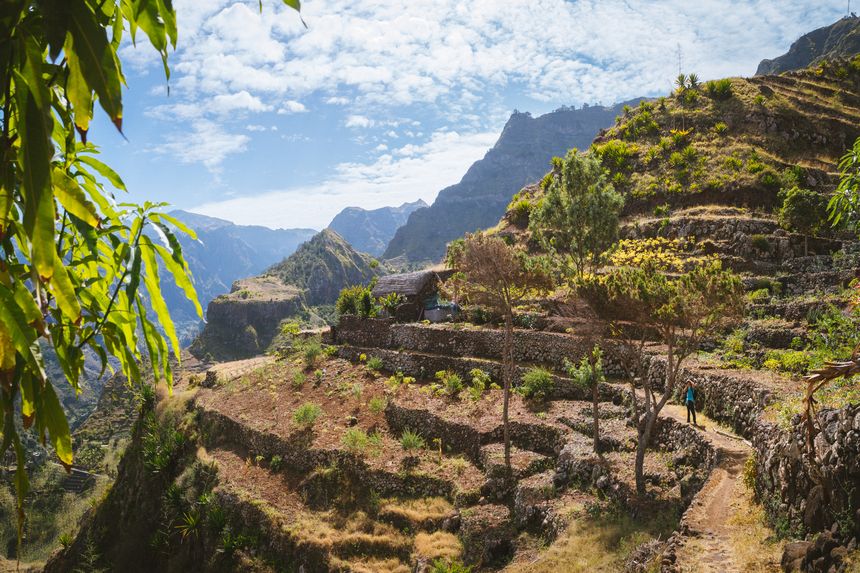
Since 1991, the government has pursued market-oriented economic policies, including an open welcome to foreign investors and a far-reaching privatization programme. It established as top development priorities the promotion of a market economy and of the private sector; the development of tourism, light manufacturing industries, and fisheries; and the development of transport, communications, and energy facilities. From 1994 to 2000 about $407 million in foreign investments were made or planned, of which 58% were in tourism, 17% in industry, 4% in infrastructure, and 21% in fisheries and services.
In 2011, on four islands a wind farm was built that supplies about 30% of the electricity of the country As host to the ECOWAS Regional Centre for Renewable Energy and Energy Efficiency, inaugurated in 2010, Cabo Verde plans to lead by example by becoming entirely reliant on renewable energy sources by 2025. This policy is consistent with the plethora of documents adopted in 2015 paving the way to more sustainable development, including Cabo Verde’s Transformational Agenda to 2030, its National Renewable Energy Plan and its Low Carbon and Climate-resilient Development Strategy. Two years later, these were followed by a Strategic Plan for Sustainable Development, 2017–2021.
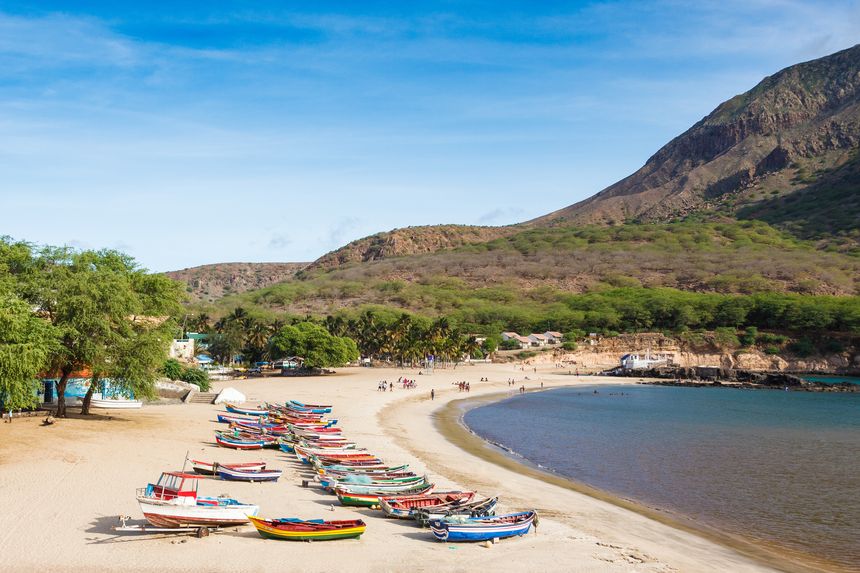
Between 2000 and 2009, real GDP increased on average by over seven per cent a year, well above the average for Sub-Saharan countries and faster than most small island economies in the region. Strong economic performance was bolstered by one of the fastest growing tourism industries in the world, as well as by substantial capital inflows that allowed Cape Verde to build up national currency reserves to the current 3.5 months of imports. Unemployment has been falling rapidly, and the country is on track to achieve most of the UN Millennium Development Goals – including halving its 1990 poverty level.
In 2007, Cape Verde joined the World Trade Organization (WTO) and in 2008 the country graduated from Least Developed Country (LDC) to Middle Income Country (MIC) status
Portugal at every level of the economy, which has led it to link its currency first to the Portuguese escudo and, in 1999, to the euro. On 23 June 2008 Cape Verde became the 153rd member of the WTO.
In early January 2018, the government announced that the minimum wage would be raised to 13,000 CVE (US$140 or EUR 130) per month, from 11,000 CVE, which was effective in mid-January 2018.
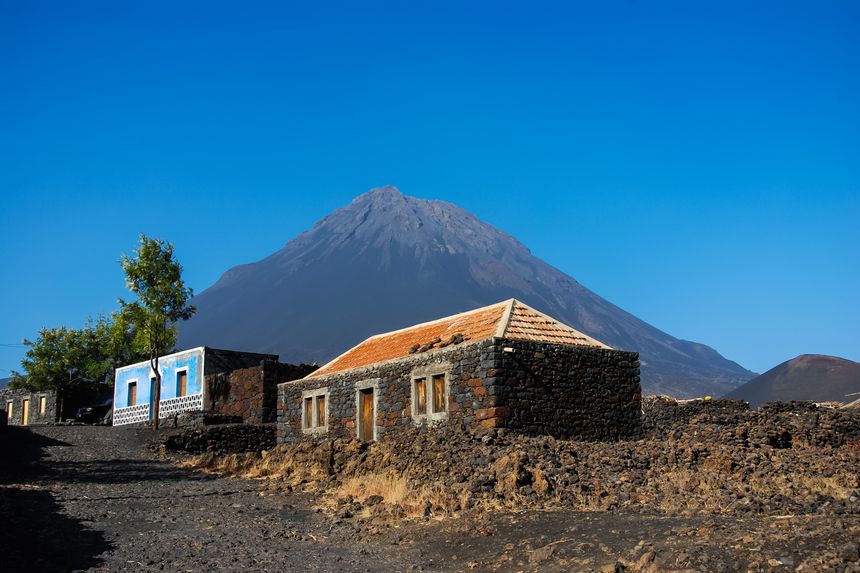
Cape Verde’s population is among the healthiest in Africa. Since its independence, it has greatly improved its health indicators. Besides having been promoted to the group of “medium development” countries in 2007, leaving the least developed countries category (becoming the second country to do so), as of 2020 it was the 11th best ranked country in Africa in its Human Development Index.
The total expenditure for health was 7.1% of GDP (2015).
Although the Cape Verdean educational system is similar to the Portuguese system, over the years the local universities have been increasingly adopting the American educational system; for instance, all ten existing universities in the country offer four-year bachelor’s degree programs as opposed to five-year bachelor’s degree programs that existed before 2010. Cape Verde has the second best educational system in Africa, after South Africa. Primary school education in Cape Verde is mandatory and free for children between the ages of six and fourteen year.
The Culture of Cape Verde
The culture of Cape Verde is characterized by a mixture of European and African elements. This is not a sum of two cultures living side by side, but a new culture resulting from an exchange that began in the 15th century.
Cape Verdean social and cultural patterns are similar to those of rural Portugal. Football games and church activities are typical sources of social interaction and entertainment.[42] The traditional walk around the praça (town square) to meet friends is practised regularly in Cape Verde towns.[42]
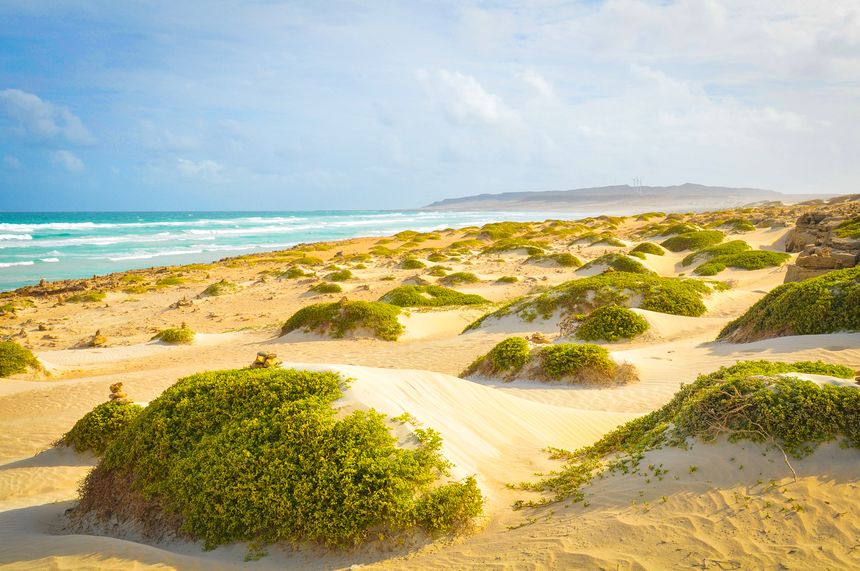
According to Britannica, The cultural synthesis that forms Cabo Verdean artistic tradition is notable in the rich body of oral narratives known as Nho Lobo tales, for example, which include the characters of Ti Lobo and Chibinho, both of whom have their counterparts in western African folklore. Musical traditions from Africa are reborn in Cabo Verde as batuko (derived from the Portuguese verb meaning “to beat”), a genre that features polyrhythm and call and response performed by a group of women. European traditions are revealed in the morna, a lament comparable to the Portuguese fado, and the mazurka. Other styles include the funana, a fast-paced genre that features the gaita, an accordion-like instrument, and the finaçon, often performed by women in conjunction with a batuko session. Cesaria Evora, one of Cabo Verde’s most popular musicians, is famous both within the islands and abroad for her mornas and coladeras (mornas with a faster tempo).
Since the late 19th century, Cabo Verde has produced some outstanding writers and poets. Between 1936 and 1960 the cultural magazine Claridade (“Clarity”) was the centre of an artistic movement that marked a break with Portuguese literary traditions and established a Cabo Verdean identity. Baltasar Lopes da Silva, who used the pseudonym Osvaldo Alcântara for his poetry, and Eugénio Tavares are key figures from this period. Subsequent writers have extended the movement’s interest in the Crioulo culture to use that language as well as Portuguese.
Cultural institutions
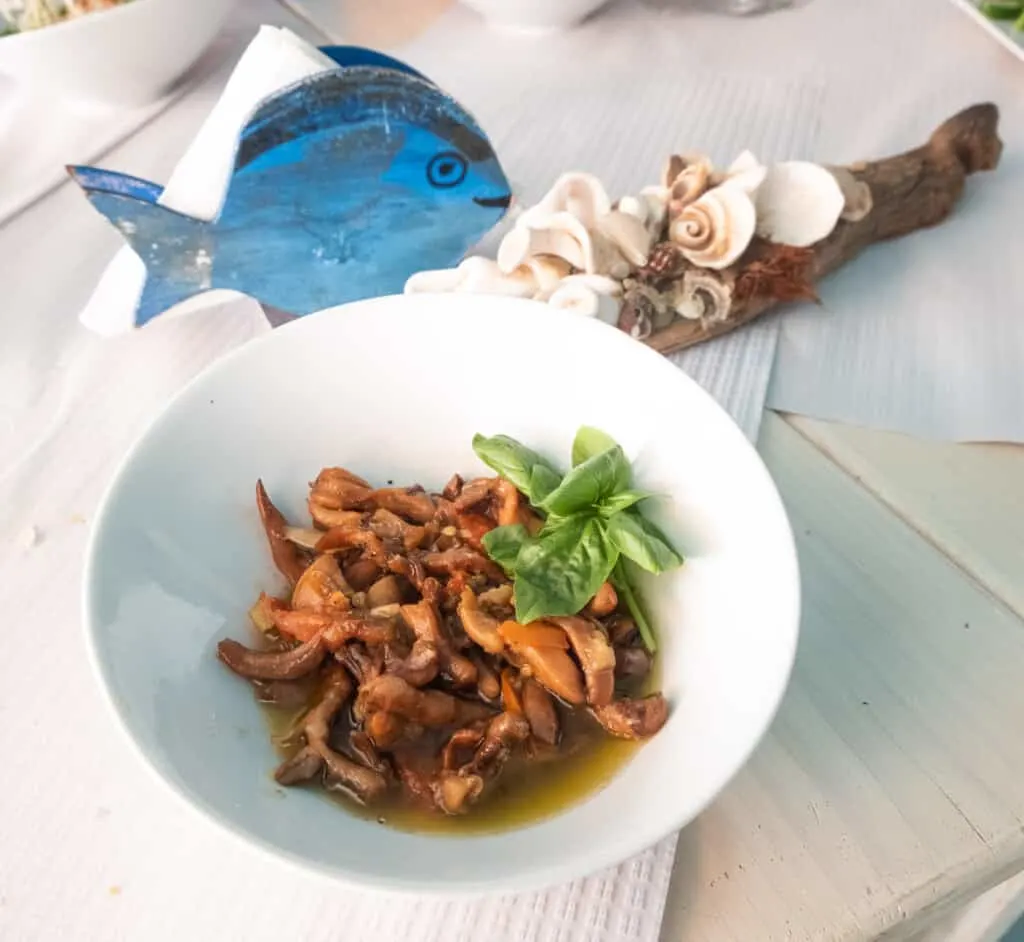
There is an ethnographic museum of culture and history in Praia. The National Historic Archive, which contains important documents, including some that relate to the history of the slave trade, is located in Praia. Cultural influences from the colonial era are evident in the town of Cidade Velha, located on the island of Santiago. Initially founded as Ribeira Grande by Portuguese settlers in the 15th century, the town is noted for the many examples of colonial architecture found in its historic centre, which was designated a UNESCO World Heritage site in 2009.
Secular Celebrations
New Year’s Day is celebrated on 1 January. Amilcar Cabral Day (24 January), recognizes the birthday of the liberator of Cape Verde, one of the leaders in the war of independence. Independence Day is celebrated on 5 July

A staple of the Portuguese cuisine, morreia is one of the most popular dishes in Cape Verde too.
Source:Wikipidia, Britannia, Nationonline
https://paulinaontheroad.com/traditional-cape-verdean-food-cabo-verde-cuisine, https://www.everyculture.com/Bo-Co/Cape-Verde.html#ixzz7FCsi9H9,
https://www.chefspencil.com/top-20-foods-of-cape-verde/, https://www.thetraveler.net/cape-verde/places-to-visit.html, https://www.thecrazytourist.com/15-best-places-visit-cape-verde/
